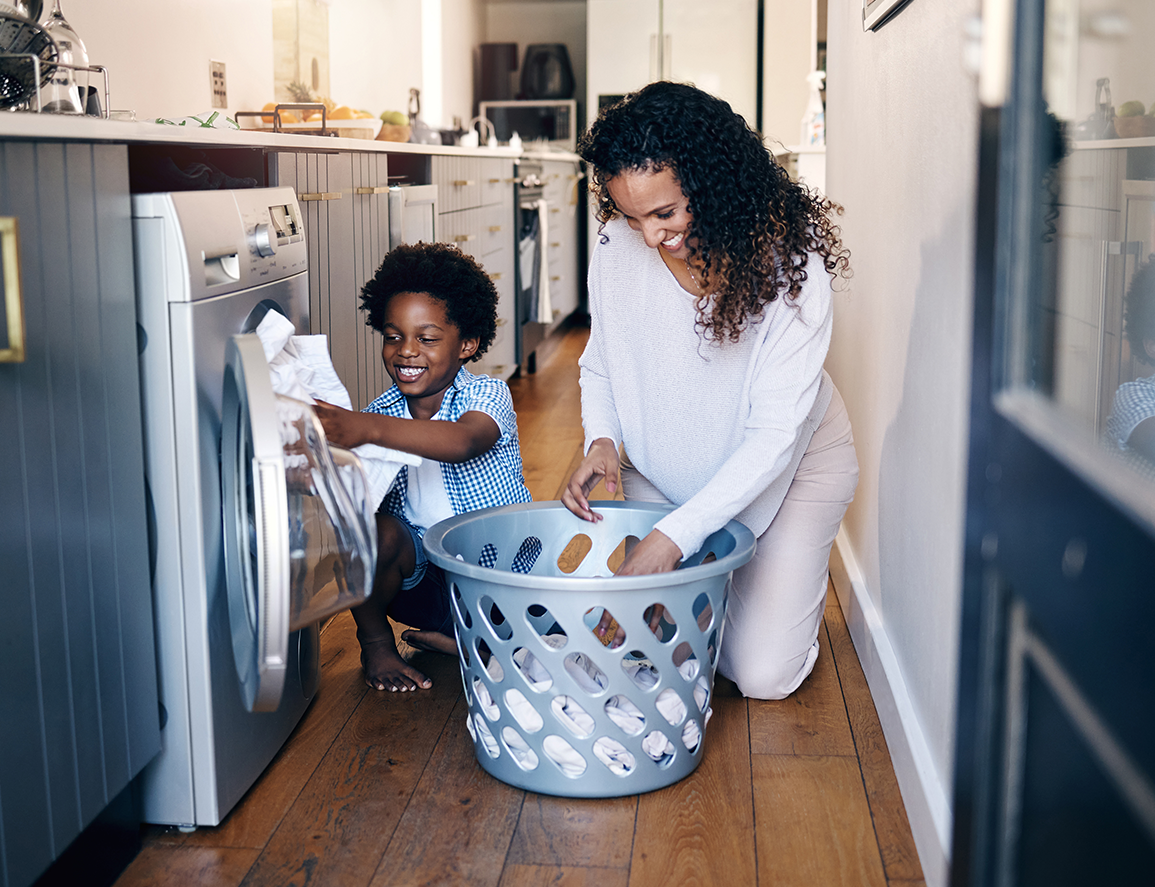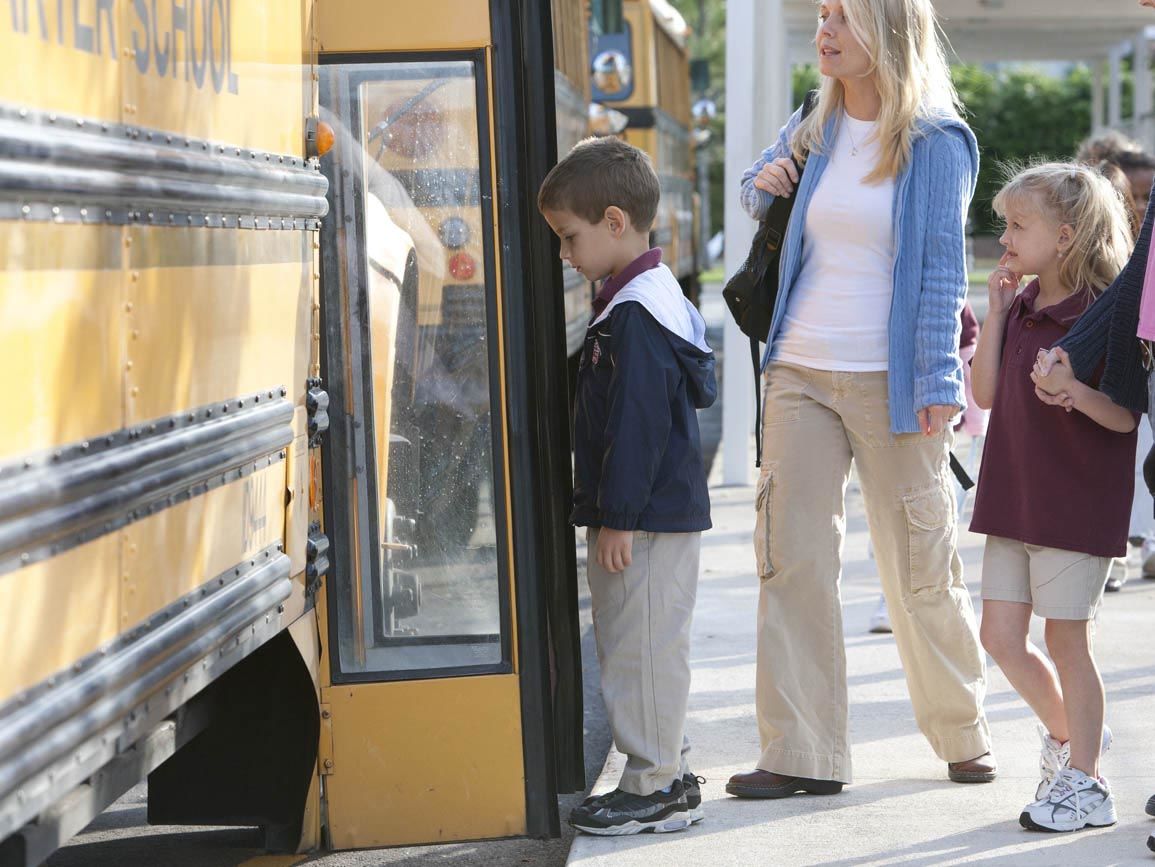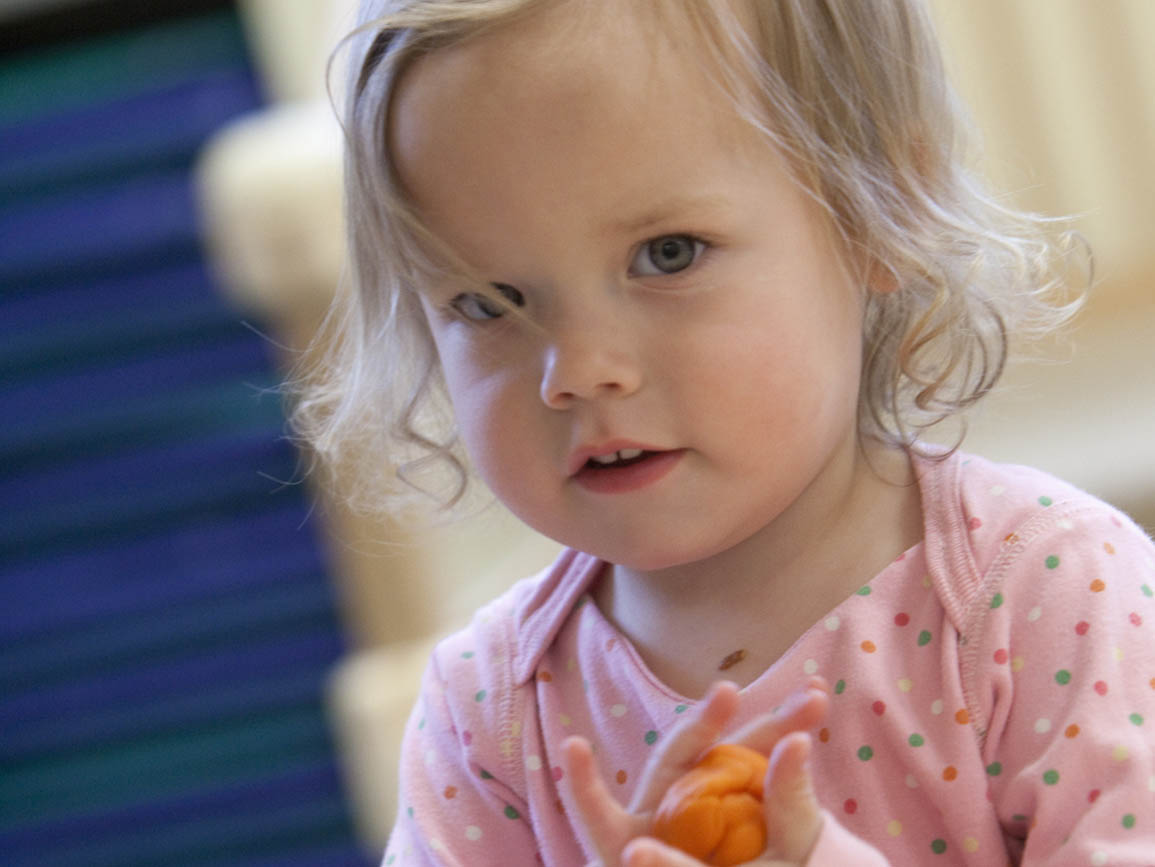We’ve all experienced the morning rush. The phrase conjures up images of a frantic search for missing shoes, a chorus of “I can’t find it!”, and the agonizingly slow pace of little ones getting ready. Forgotten homework, half-eaten breakfasts, and general dawdling can leave you and your little ones feeling stressed before the day even begins. Thankfully, we can trade that morning mayhem for a sense of calm and control.
A consistent routine acts as a scaffolding for critical life skills. Here’s a closer look at the key benefits of a good morning routine for kids:
- Promotes independence: when kids have a clear routine, they learn to manage their own tasks – getting dressed, brushing teeth, packing their bag – without so many reminders. This fosters self-reliance and reduces their dependence on you.
- Boosts confidence and preparedness: completing their tasks gives kids a sense of accomplishment and sets a positive tone for the day. Being prepared with everything they need also reduces anxiety and gives them confidence to take on the day ahead.
- Supports healthy habits: a morning routine for kids provides a natural framework for incorporating healthy habits like brushing teeth, eating a nutritious breakfast, and maybe even a few minutes of quiet reading.
8 ways to create a smoother, stress-free morning routine
1. Prioritize consistent sleep and bedtime
A peaceful morning truly begins the night before. Consistent sleep is the bedrock of an easier morning routine. When children are well-rested, they are more cooperative, less irritable, and better able to focus. Cultivate a calming bedtime routine to signal the body that it is time to wind down. This could include dimming the lights an hour before bed, establishing a no-screen zone at least 30 minutes before sleep, using blackout curtains to create a conducive sleep environment, or enjoying quiet activities like reading a book together or listening to a calming story.
2. Prepare the night before
Minimize morning stress by taking on some tasks the night before. This simple habit can significantly reduce stress and save time. Pack school bags with homework, permission slips, library books, and any other necessary items. Lay out outfits or let your child choose their outfit the night before and have them ready in one spot. Prep lunches in advance (wash fruit, portion snacks, etc). Utilize visual aids like a checklist with pictures for younger children or a family planner for older children to track to-do’s. Create a “launch pad” – a specific area where kids place everything they need for the next day – backpacks, shoes, jackets, and lunch bags.
3. Use positive and engaging wake-up practices
How your child starts their day sets the tone for the entire morning. Ditch the jarring alarms and opt for gentler approaches. Open the curtains to allow in natural light, helping your child wake up naturally. Use soothing alarms with gentle sounds or nature themes instead of abrupt noises. Incorporate movement by starting the day with a quick stretch, a few jumping jacks, or a short, fun dance session to get the blood flowing. Allow for a few extra minutes between waking up and starting the routine. This time gives kids a chance to adjust and wake up fully before feeling rushed.
4. Foster independence and self-help skills by assigning age-appropriate tasks
Assign morning tasks that align with your child’s age and abilities. Toddlers and preschoolers can manage tasks like putting away toys, choosing their clothes from two options, or putting dirty clothes in the hamper. Older kids can independently brush their teeth, get dressed, pack their belongings, and clear their breakfast plates. Use a reward system for young children with a simple sticker chart.
5. Manage technology and screen time monitoring
While technology can be tempting, sometimes it can derail a smooth morning routine. Set clear rules and expectations by establishing specific screen times. Offer engaging alternatives such as listening to music or audiobooks or engaging in a quiet activity like drawing or reading a book.
6. Adjust the routine for different age groups
Recognize that a one-size-fits-all approach doesn’t always work when you have children of different ages. Toddlers may need more hands-on guidance and shorter routines with picture cues, while preschoolers can handle more steps and verbal instructions. Adjust the complexity and number of tasks based on each child’s developmental stage and abilities. If you have children of varying needs and schedules, consider creating overlapping or slightly different routines that still allow for a coordinated household flow.
7. Create a visual routine chart to keep kids on track
A visual routine chart can be incredibly effective, especially for younger children who are still learning to follow a sequence of steps. Visual schedules introduce chores for kids and reduce the need for constant verbal reminders. Fun chart examples include magnet boards with pictures or words that can be moved as each task is completed or picture schedules you can print out or draw of each step and arrange them in a vertical list.
8. Handle unexpected delays with a flexible approach
Mornings won’t always go according to plan, and that’s expected. Equip yourself and your children with strategies to handle delays. Brainstorm solutions for common hiccups such as missing shoes or toddler meltdowns. Build in buffer time with an extra five or 10 minutes into your schedule. Encourage your children to think critically and come up with solutions when things go awry. For example, “If you can’t find your blue shirt, what other shirt could you wear?” Remember to stay calm and model problem-solving behavior.
Family morning routine FAQs
How can I motivate a child who resists following a morning routine?
Make the morning routine for kids a team effort. Involve them in creating the schedule and offer visual rewards like sticker charts for younger kids. For older kids, highlight the benefits like less stress and more time before school. Praise their efforts, and try to understand why they resist. Are they too tired? Is the task not age-appropriate? From there, adjust your routine to what works for everyone.
Should weekends and school mornings follow the same routine?
Aim for some consistency, especially with wake-up times and core habits. Weekends can be more relaxed, but avoid a complete 180 to ease the transition back to school mornings.
What are some fun ways to make morning routines more engaging for kids?
Try upbeat morning music, silly songs, quick “Minute to Win It” challenges, themed mornings, storytelling while getting ready, mini dance breaks, or a “mystery item” to find. Make it playful!
Don’t feel pressured to overhaul everything overnight. Start small, implement changes gradually, and celebrate the small victories.
At Bright Horizons, we aim to support parents with family care resources and solutions to support a better daily routine. Find the right program for your family.




